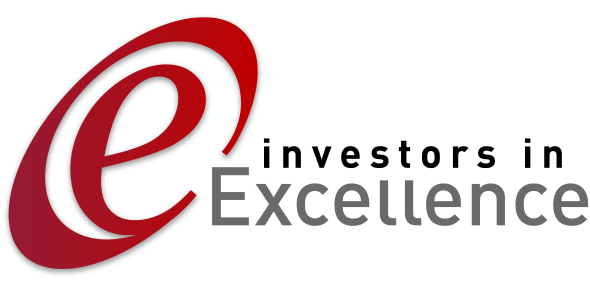 Lean excellence is a powerful tool you can use to improve your organisation. It is now found in many sectors, and has added bottom-line value to operations, whilst enhancing the customer experience.
Lean excellence is a powerful tool you can use to improve your organisation. It is now found in many sectors, and has added bottom-line value to operations, whilst enhancing the customer experience.
The fitter and leaner you are, the better you can perform. In the coming weeks some of the best performances will be seen from the leanest and fittest athletes in the Rio Olympics. They will win because they have done the heavy lifting in their training and preparation
If you are wondering where it came from in relation to business and organisations, the term “lean” was coined by a research team headed by Jim Womack Ph.D., at MIT’s International Motor Vehicle Program, to describe Toyota’s business during the late 1980s. The work undertaken by his team remains one of the best resources for understanding “what is lean”, because it describes the thought process, and the overarching principles that must guide your actions when applying lean techniques and tools.
The Thought Process
It is recommended that managers and executives who embark on lean transformations think about three fundamental business issues that should guide the transformation of their entire organisation. These issues need to be balanced, and equal weight should be given to consideration of the challenges faced in the respective areas.
Purpose
What customer problems will your organisation need to solve to achieve its own purpose of prospering? If you have great intentions, but no viable existence, then there is little point to your actions. You need to establish clearly what it is that you will be achieving as improvements for your customer.
Process
As with many process-related tools, there is a moderate amount of jargon to use. One element – “Value Stream Mapping” – is an important part of Lean. How will your organisation identify and assess each major value stream to make sure each step is valuable, capable, available, adequate, flexible, and that all the steps are linked by flow, pull, and levelling? (Yes, a bit more jargon!)
People
Assessing processes is not just a system-driven approach. How can your organisation ensure that every important process has someone responsible for continually evaluating those value streams in terms of business purpose and lean process? How can everyone touching the value streams be actively engaged in operating it correctly and continually improving it?
IiE has years of experience in working with organisations to achieve success with Lean Excellence. To find out more about how we can help you, contact us now.
